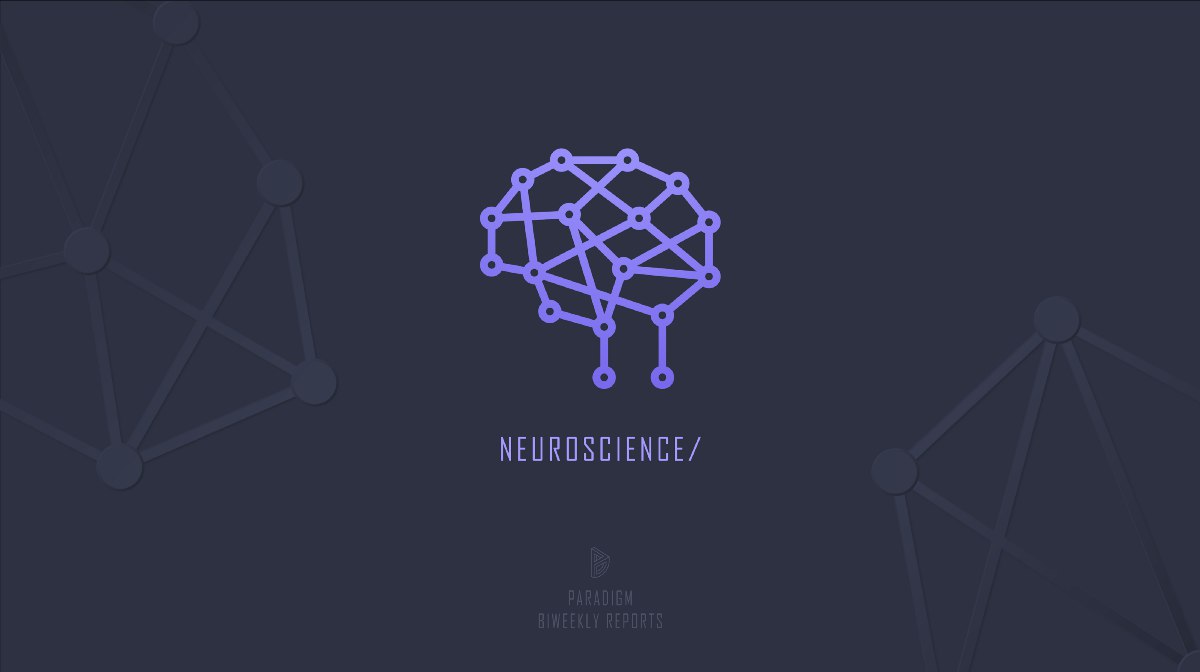SS
Neuroscience biweekly vol. 9, 12th June — 26th JuneTL;DR
- Scientists have created a device that can integrate and interact with neuron-like cells. This could be an early step toward an artificial synapse for use in brain-computer interfaces.
- Researchers have developed a technique, using artificial intelligence, to analyze opinions and draw conclusions using the brain activity of groups of people. This technique, which the researchers call ‘’brainsourcing’’, can be used to classify images or recommend content, something that has not been demonstrated before.
- Throughout history, portraits featuring the human profile have evolved to reflect changing cultural norms. - A new study shows that human cognition plays a critical role in the evolution of human portraiture.
- Study suggests that the opioid system in the brain is connected to mood changes associated with depression and anxiety.
- The closer you feel to people emotionally, the more similarly you represent them in your brain, according to a study investigating how the brain maps social connection and self-representation.
- Scientists built a computer model of a simple brain network based on that of a sea slug, taught it how to get food, gave it an appetite and the ability to experience reward, added a dash of something called homeostatic plasticity and then exposed it to a very intoxicating drug. To no one’s surprise, the creature became addicted.
- Researchers at the University of California, Davis, have found a link between traffic-related air pollution and an increased risk for changes in brain development relevant to neurodevelopmental disorders. Their study, based on rodent models, corroborates previous epidemiological evidence showing this association.
- A human-specific gene causes a larger neocortex in the common marmoset, a non-human primate.
- Neuroscientists map out intricate processes that activate key brain molecule.
- Researchers looking at mouse models found impaired functional interactions between the hippocampus and the parietal cortex during the memory replay period, which may yield new insights into Alzheimer’s Disease.
- By deciphering the neural dialogue between the brain’s reward and memory networks, a new study demonstrates that the lasting positive effect of a reward on the ability of individuals to retain a variety of information.
- Researchers demonstrate that neurons in the macaque parietal cortex (ventral intraparietal area) flexibly represent object motion in either a head-centered or world-centered reference frame depending on the requirements of the task.
- A new study shows how vastly complex communication networks can efficiently convey large amounts of information to the human brain. Researchers found that works of literature, musical pieces, and social networks have a similar underlying structure that allows them to share information rapidly and effectively.
- Scientists have found that a soy-derived protein fragment that reaches the brain after being ingested reduces memory degradation in mice with an induced cognitive impairment, providing a new lead for the development of functional foods that help prevent mental decline.
#NT https://medium.com/paradigm-fund/nt-artificial-synapse-that-works-with-living-cells-created-eab18341d24b







